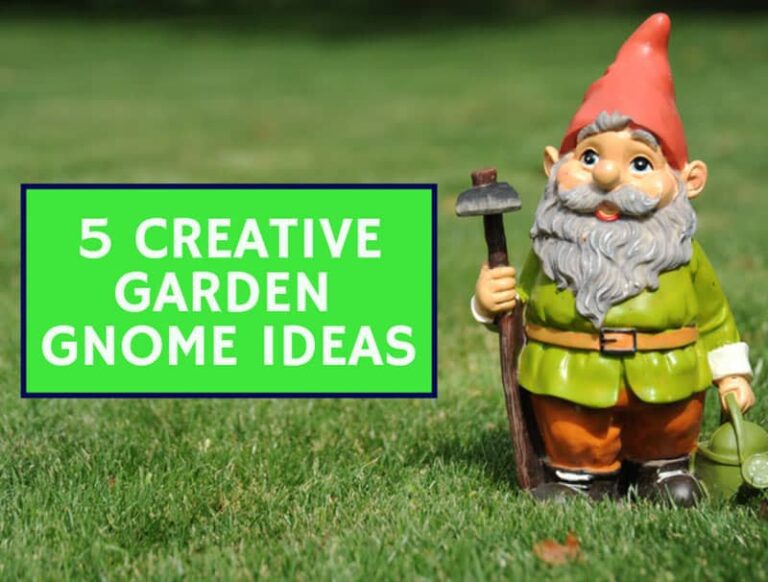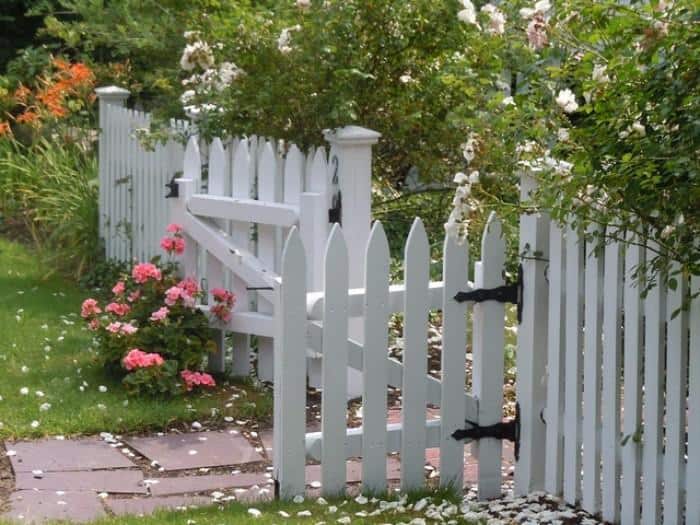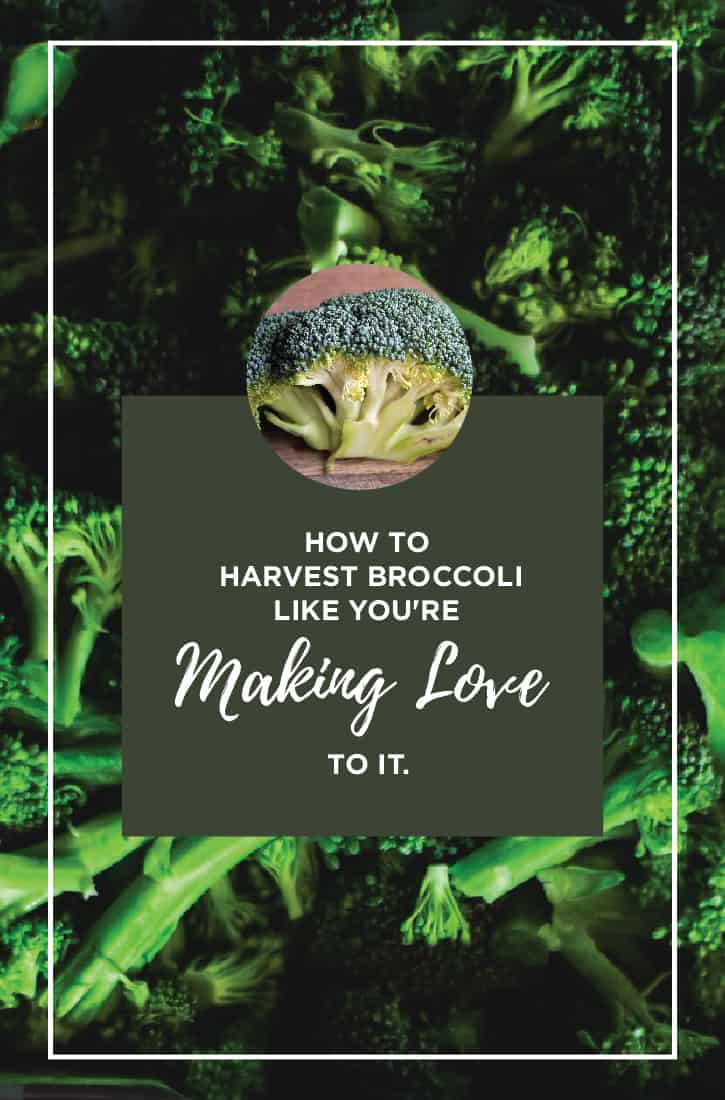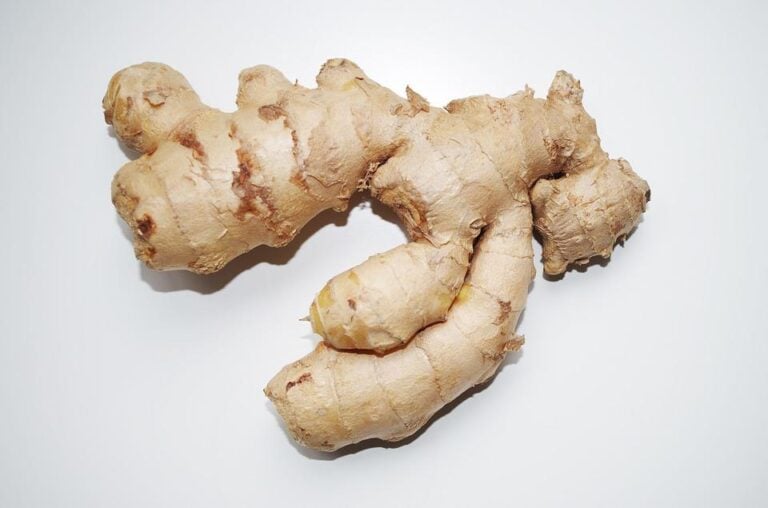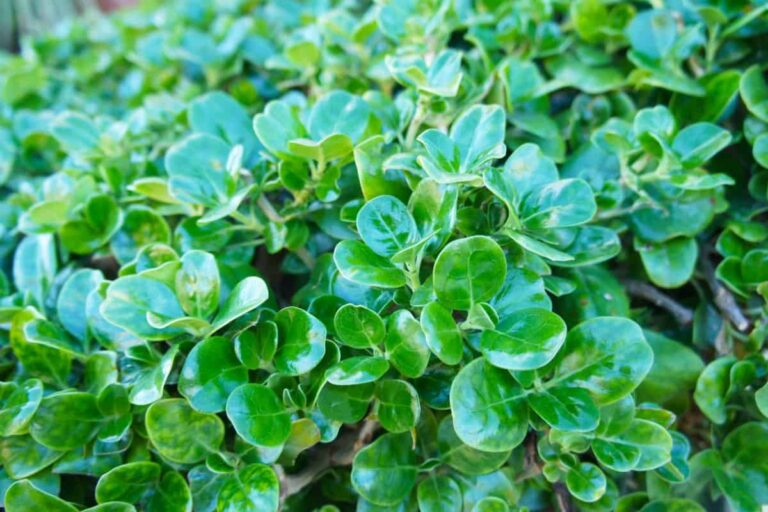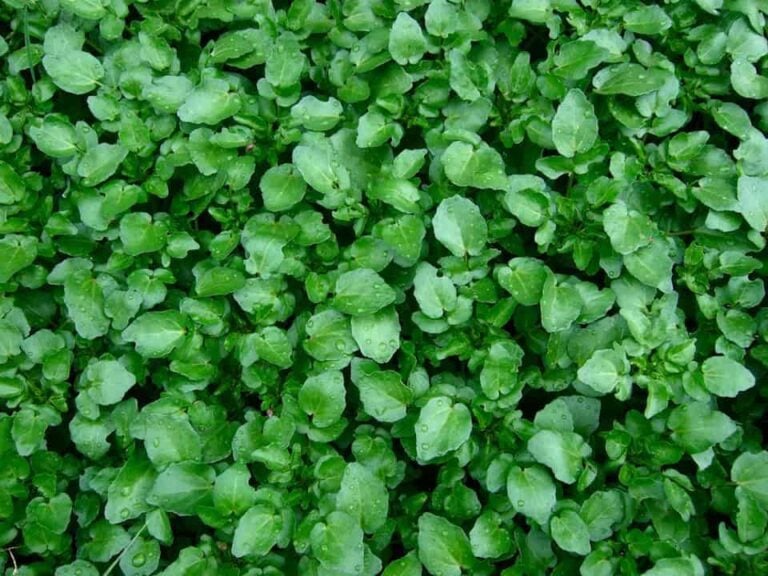Spice Up Your Cooking With These Herb Garden Ideas
Growing herbs is a great way to try your hand at gardening if you’ve never done it before. Herbs are also ideal if you cook a lot and want to add more flavor to your foods or if you want to grow something that will add some color, fragrance and visual interest to your garden. Growing a bunch of herbs together is easy enough to do. Here are a few ideas to inspire you to create your own herb garden.
Hanging Herbs
Admittedly, this garden arrangement looks sort of like a Disney World ride for plants. But if you’ve got a few empty soda bottles lying around, making this hanging herb garden can be an inexpensive way to grow your own.
To make the garden, cut an opening on the side of each bottle. You’ll also want to poke three holes into the opposite of the bottles. One hole is for drainage, the other two will allow you to push a piece of thread through the bottle to suspend them. String several bottle together, leaving about three feet of space between each.
You can either make your own support frame, for the bottles, as shown above, or hang them from hooks from the ceiling of a porch. Fill the bottles with container soil and add your herbs after you’ve suspended them.
Mason Jar Herbs
Mason jars are everywhere these days, so why not use them for growing a few herbs? You can create a mason jar herb garden for either indoor or outdoor growing, as long as you have a spot that gets plenty of daily sunlight.
Since your jars will need some way to drain, so that your herbs don’t rot, you will most likely have to drill a hole in the glass yourself. Be very careful doing this, as you don’t want to hurt yourself. Wear safety goggles and gloves. Gardening Know How suggests coating the area with a bit of oil before drilling and using a diamond cutting bit. Drill slowly and with even pressure to reduce the chance of the glass shattering.
Once you’ve drilled the holes, fill the jars with a few pieces of gravel and with container mix, before planting your herbs. Choose your herbs based on what you cook with regularly. Planting a few jars with oregano, basil, and parsley makes sense if you regularly cook Italian cuisine, for example.
Herbal Pallet
Discarded wooden pallets make great planters. They are especially great for herbs and smaller plants. One way to turn a pallet into a planter for herbs is to create a small shelf behind each wooden slat. Fill the shelves with soil, then plant the herbs of your choice.
You can paint or write on the wooden slats on the front of the pallet so that you know which herb is which. The pin pictured makes good use of chalkboard paint.
Vertical Herb Planter
Video: https://youtu.be/NmqkeO1Cq-0
If you’ve never shied away from using power tools, making the vertical herb planter featured in the video above can be a great way to satisfy your gardening and your woodworking itch.
The video shows you how to use cedar planks (which are long lasting and withstand exposure to wind and rain) to build a tall herb planter with a number of shelves. After you build the planter, you fill each shelf area with container soil and plant two or three herbs per level.
The shelves of the planter are removable, so you can adjust the height and space between plants as needed.
Vertical Herb Planter (part 2)
If the thought of using a drill or figuring out what to do with a bunch of pieces of wood has you heading for the hills, don’t worry. There’s an easier way to make a vertical herb planter.
As you can see in the pin above, you can purchase a pre-made A-frame shelving unit and simply arrange potted herbs on each shelf. The plants pictures aren’t herbs, but the idea will still work. If you are going to put the planter indoors, choose a sunny spot by a south-facing window.
You might also want to arrange drip trays underneath the containers, to catch any overflow water and keep it from destroying your floors.
Stacked Herb Garden
Here’s a simple way to grow a number of herbs in a small amount of space. Find several planters of varying sizes, fill them with container soil and stack them one on top of the other. The image above uses terra cotta planters, but you can use any type of container, as long as it is about half the size of the pot below it and as long as it has a drainage hole.
Stacking containers allows you to grow herbs that have different soil and water requirements together. You can put herbs that prefer drier soil, such as oregano, rosemary or lavender, in the top containers.
Herbs that prefer more moisture, such as basil, can go into the lower containers. You can water as needed in each container, without worrying about drying out the basil or drowning the drought tolerant varieties.
Gutter Herb Garden
With some woodworking and some repurposed materials, you can create a petite, multilevel herb garden. A sturdy wooden frame supports three tiers of herbs, each planted in a 3-foot long vinyl gutter.
You’ll want to choose herbs with small root systems for this project, as the gutters aren’t very deep. Remember to drill a few holes in the bottom of the gutters so that your herbs can drain. Sturdy rope and hooks will help suspend the gutters from the frame and will keep them from falling down.
Hand painted signs clearly label each plant and add a touch of whimsy to the garden, but are completely optional.
Related – Indoor Herb Garden Ideas

